INVISIBLE CITY – TECHNOLOGIES OF THE BODY
8 JANUARY – 5 FEBRUARY, 2012
INVISIBLE CITY – TECHNOLOGIES OF THE BODY
Wäsherei-Kunstverein Zurich, Switzerland
Artists:
Amélie Brisson-Darveau | Gisèle Schindler | Riikka Tauriainen
Curators:
Isin Önol & Dimitrina Sevova
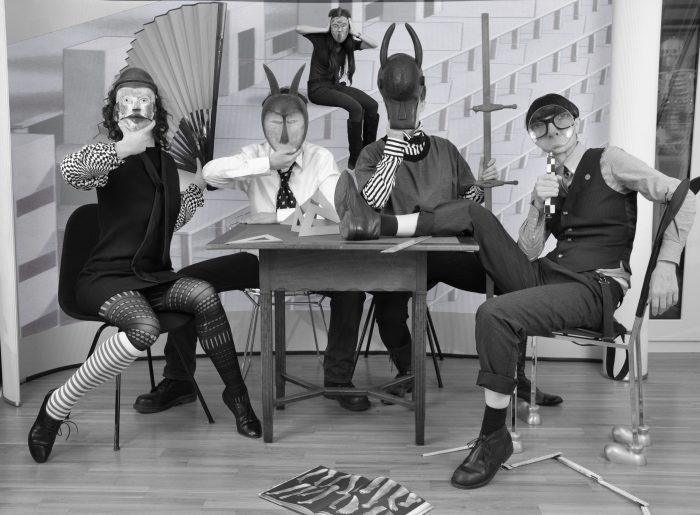
Oh, yes, as we all know: It’s a process! It’s a construct! It’s not natural! In search of his impossible naturalness Antonin Artaud exclaimed: “Only the human body can be everything.”
The point of departure of this exhibition project is the technologies of the city in their interrelation with the technologies of the body – a body that is submitted to the same processes of gentrification, urban planning and their modulations, as well as to the utopian potential of the imaginary in the context of the virtual as conceived by Antonio Negri. This leads us to investigate and reflect on the relation between visibility and invisibility, between mind and body, between language and power apparatus, and how the arrangement of space is to be utilized for political and economic ends which never end in the bioeconomic spatio-temporal relations shaping the forms of body politics and the politics of space. We look for the traces of the aesthetic implications of crises, birth control, the reproductive system, biopolitics, the environment, social milieu, geopolitics, epistemology, the problem of housing, habitus and urbanism in relation to how becoming-population and planned control are applied to working-class families, migration or the notion of inappropriate sexuality.
This concept of the city recurs in an eternal return, opening an ontological view onto the body, and with its artificial light and structures remains rooted in the bosom of the Platonic myth of the cave.
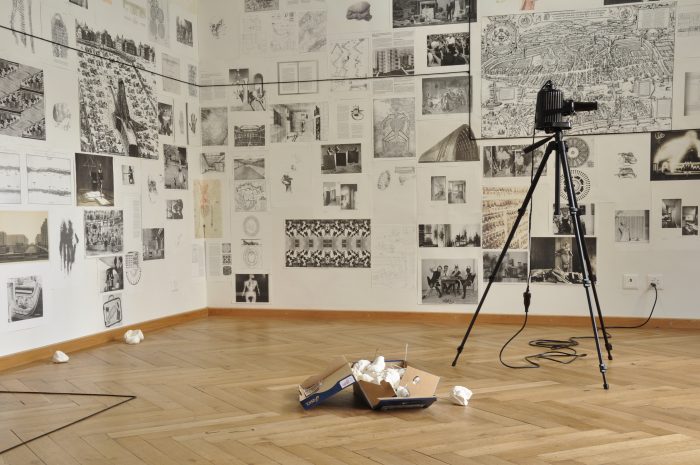
The corporal anatomic link between architecture and the body with its optical projections and geometrical principles and symmetries produce the order in which architecture dictates the design of the body while at the same time generating forms, both visible and invisible in the combinatorial system of memory. Geometrical theorems make implicit knowledge explicit, driving the engine of the architectural machine. With its shadows it is the perfect theater of measurement containing the history of forms and power which is also the history of spaces. Analogous to this corporal spatio-temporal machine is the dimension of the human mind. The body is an invention of the mind. It is an abstraction, an embodiment of memory. At the same time architecture is both corporal in its outside façades and skeleton, and virtual in its inner spaces and holes, and signifies the idea of a specific human body. Its principles constitute the corporal anatomy of the nature of human knowledge. The theatricality of memory and the geometry of the gaze extend from ancient to modern times to produce a large theater, from science to the factory, from the streets of contemporary cities to Facebook.

This body, tired of the endless automated performance, this overloaded consciousness trying to forget, having reached its limits of apprehension, is continuously exposed to the medical gaze organized by the police-state actions and orders, in the name of cleanliness and health or the collective opinion and the collective power machine, bureaucratically lit public opinion and political discussions manipulated by private interests. The body is forced to take value and become particular. It is determined by measurement, such as “what is valid, authentic, clear,” as a definition of the Absolute, the divinity of measure. Our perceptual field is already organized by perspective or transparent optics in the reality ordering of the productive force. My, your, our bodies have long lost their sovereignty, remain artificially monitored, lit objects, but also sources of engineering, planners, modulated by legal regulations. Technologies are always a form of power, a measure of industrial skills, a place where power is exercised by a gaze that is both collective and anonymous, so that we end up gazing at ourselves intently “always and everywhere.” Why should we become the guardians of our self?
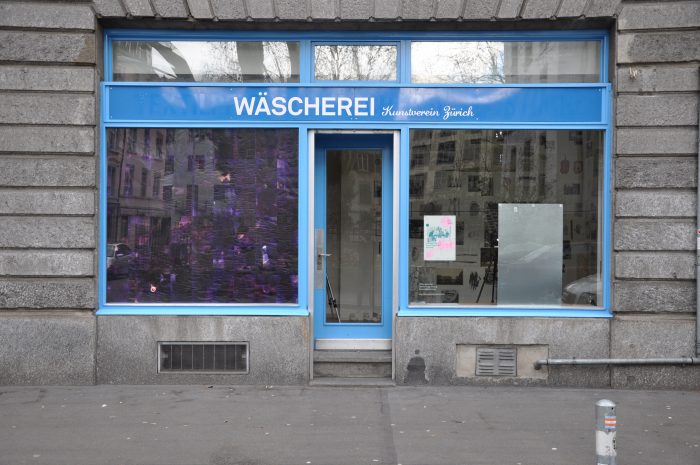
The post-Fordist scattering of the institutions and power, the prison tower, the clinic celebrate the dance of “a completely dismembered god.” (Artaud) With deterritorialization, dissemination of power and with self-control, “power becomes a machinery controlled by no one.” The panoptikon assemblages decompose and conglomerate into various abstract units, judicial, optical procedures. The eye of god multiplies in spatio-temporal configurations of the body and political and economic formations, the linguistic field and the logic of capital in which the accumulation of the body and mind are a continuous source of economic activity and consumption. It develops into a perfectly concerted network, a system of “logic” operated by a series of human decisions, apparatuses, historical and political agents. A paradigmatic shift in the relation of process and product has taken place – labor, production and consumption and the circulation of capital as immaterial form, bow to the constant demand for an advance within the system, drawing on knowledge as active production, the power of science, something liquefied and ghostly, a process which will not actually require a final product, a non-situated observing, which suppresses all possibilities for passivity.

Disconnect that animated body! Disengage the power of your mind! Negate isolation by praxis – in an obstinate blockage of the muscle power of your body labor which otherwise will be consumed as a material commodity in order to generate value, turned into a fetish object, just as knowledge itself will be consumed and commodified. If the motility of your body and the power of your mind are the reason of this possession, stop any exercise! We have worked out enough. Find an inapproachable position! Cool down – degree zero. Time for praxis, and for being “practico-inert.”
We propose instead a documentary imaginary spatial bodily transgressive fiction as a new political struggle. Shut off the light and walk transversally through spatio-temporal relations, escaping the geometric function of memory, inventing another space and another body, an imperfect form distinguished from higher forms by the greater indefiniteness of its measure, asymmetries, irregularities, vagueness, as a “personal invention wherein I hide and hold fast to – nothing.” Indulge in a practice of indifference and inertness, abolishing affirmative mimetic gestures, habitus, embodiment.
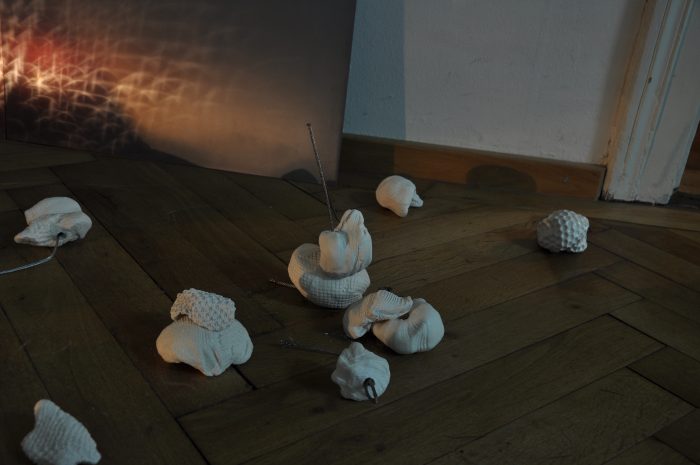
Who is afraid of the dark space? This fear has always been the privilege of the middle class. Its strength and forms of management rarely tolerate regions of darkness: “Power operates by means of transparency, a process of bringing to light.” Why should we attempt to transform the invisible into the visible? Because the visible is organized around a dominant and observing gaze and the entire illusion of transparency, patterns, textures.
If medicine, meteorology, urban geography and criminology are supported by the gaze, what would be a counter-gaze? Who is the counter-figure that could subtract itself from the accepted order, blur the optical devices, and achieve a sufficient simulacrum? A shadow, a parasitizing figure spreading illness through the city, forming a “lumpen” community growing through contagion and destructive energy? The phantom of the opera? The vampire Nosferatu? If one is a figure killing the norms of fine and noble behavior, the other is the substrate of displacement, of the migration of people carrying the contagion across borders, relying on the Marxian-Foucauldian hope for a wind of change in the climate stemming from the significant complicity between petty robbers, beggars, the homeless, aristocrats and prostitutes, all of which belong to the old order or the black market, were robbed of their illusions and have nothing more to lose.
Text by Işın Önol and Dimitrina Sevova
Kunstverein Zürich, Wäscherei, and this project are funded by the Members, Migros Kulturprozent, springen GmbH Communication + Interaction Design, the City Council of Zurich and the Federal Office of Culture (Switzerland)
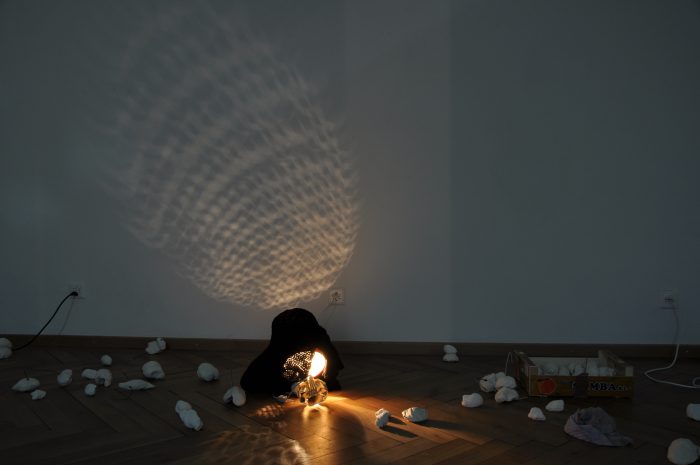 Born in Quebec, works between Montreal and Zurich. She finished her MFA at Concordia University in the Fiber Art department. Before she started her MFA, Amélie completed a B.A. in Visual and Media Art at the Université du Québec à Montréal and received a second BA in Social Work from Université de Montréal. Her work has been shown in various exhibitions and events. Her work varies from video to installation and performance art. Her particular focus with respect to fibers addresses questions of identity, social environments, the occupation of space and movement.
Born in Quebec, works between Montreal and Zurich. She finished her MFA at Concordia University in the Fiber Art department. Before she started her MFA, Amélie completed a B.A. in Visual and Media Art at the Université du Québec à Montréal and received a second BA in Social Work from Université de Montréal. Her work has been shown in various exhibitions and events. Her work varies from video to installation and performance art. Her particular focus with respect to fibers addresses questions of identity, social environments, the occupation of space and movement.
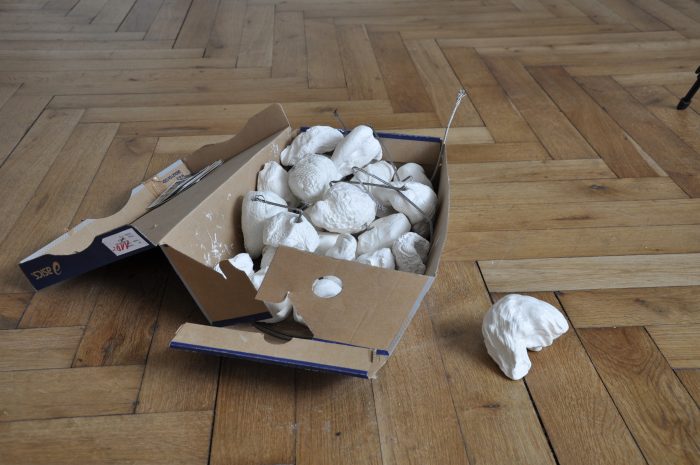

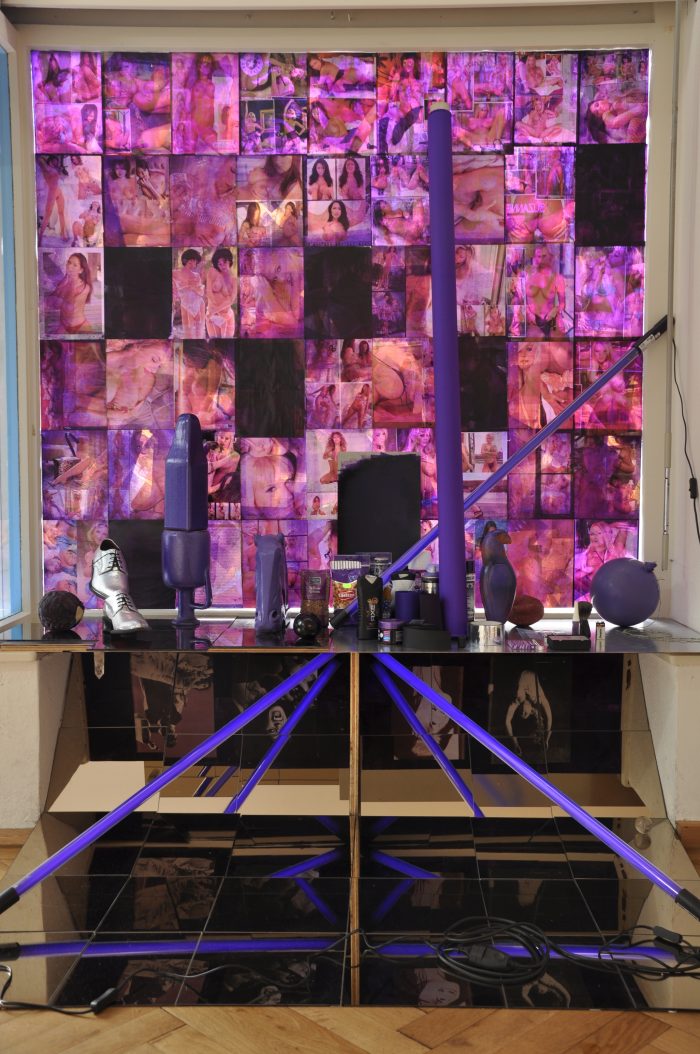
Born in Brig, lives and works in Zurich. Studied Fine Arts at the ECAV Sierre and at Slade University School London, and Visual Communication at ZHdK Zurich. Since 1994, participation in various group exhibitions in Switzerland and abroad. «Art is to be equated to a visual philosophy. Instead of abstract concepts unavailable to me I make use of the ostensibly available visual knowledge about the world, art and myself.»
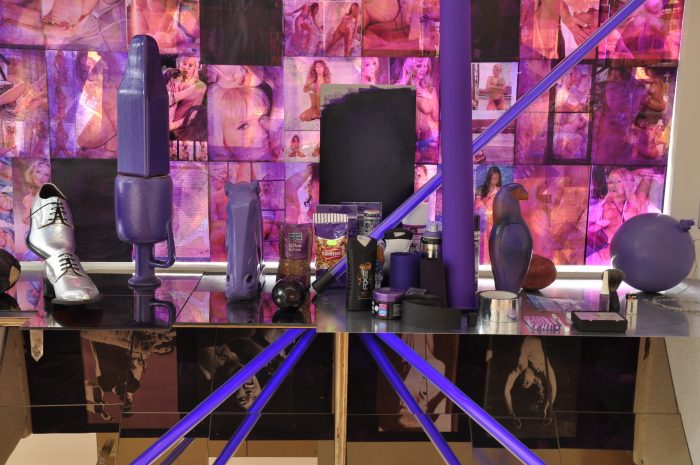

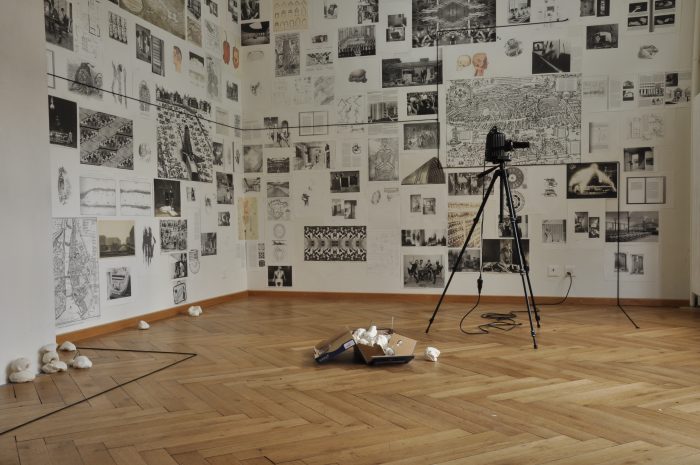
Riikka has been living in Zurich for three years, where she graduated from her Master studies. She grew up in Finland and has studied in Tallin in Estonia and in Berlin among other places. As a result of her artist residency in South Korea she did an exhibition there, as well as a solo show at les complices* in 2010. Riikka’s focus is on the performative process everyday life and art, which she puts into motion by means of medium and situation. She deals with topics such as social norms and behaviors, routine, banality and language.
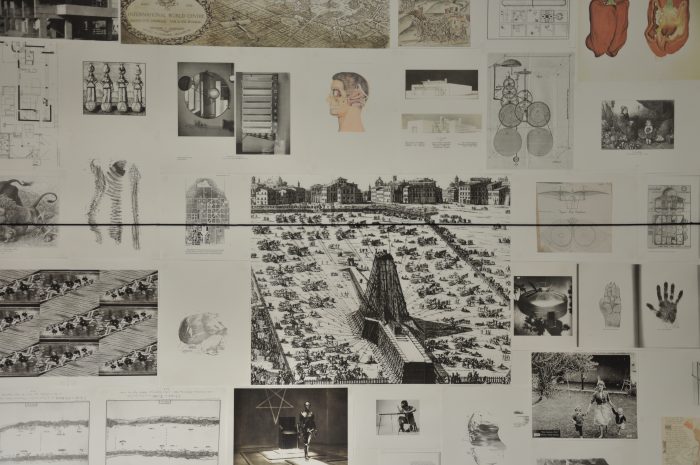
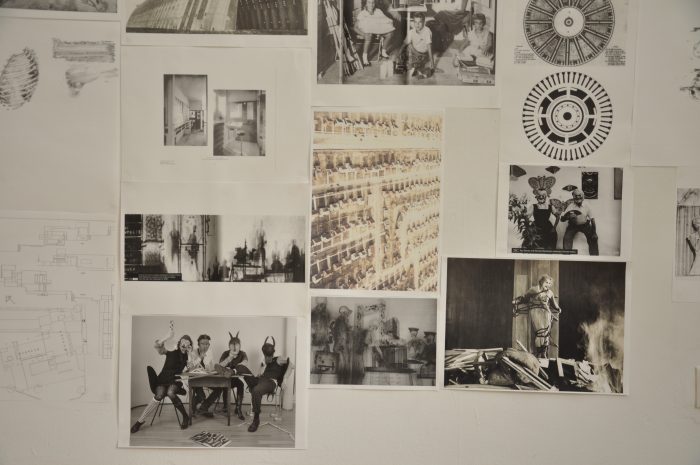
© photographs by the artists